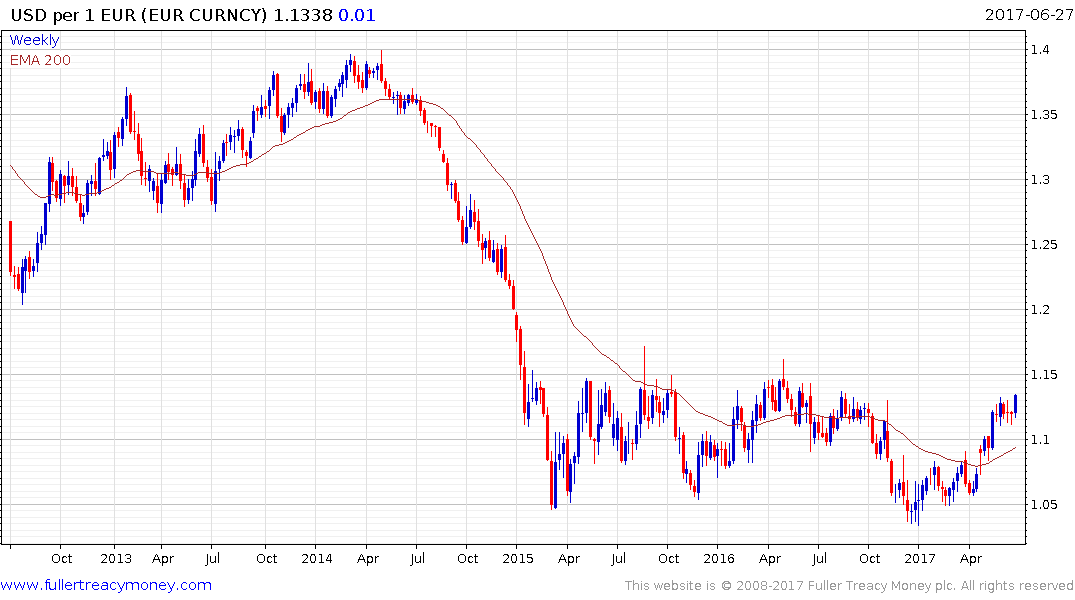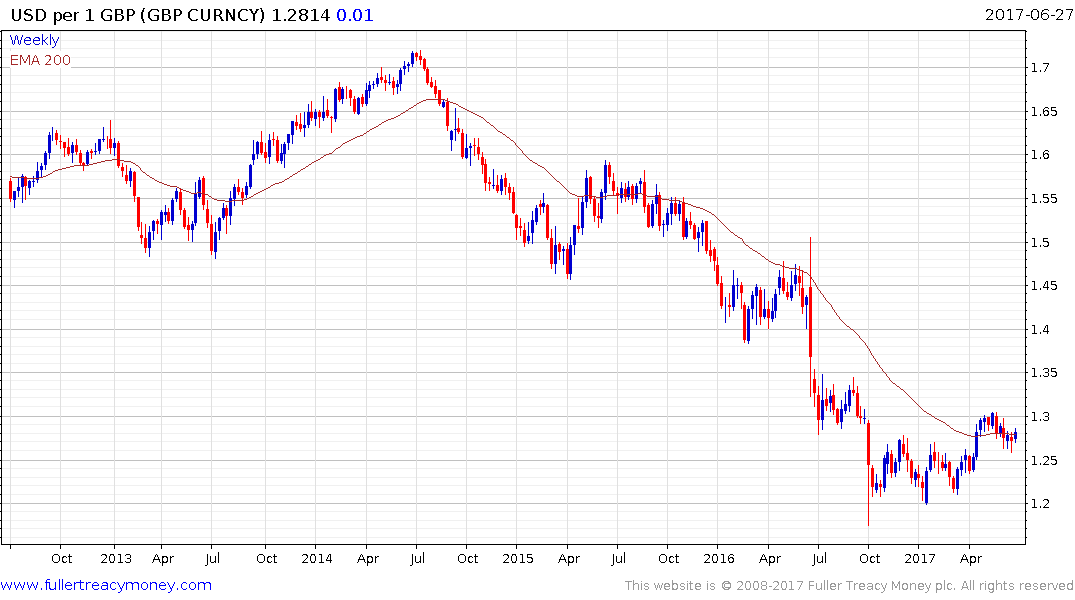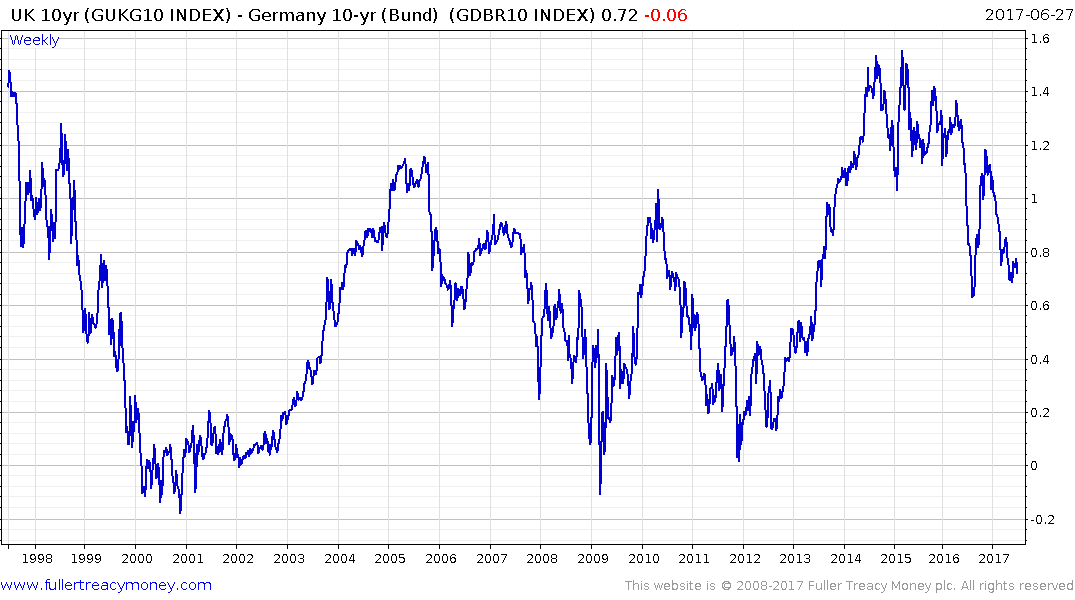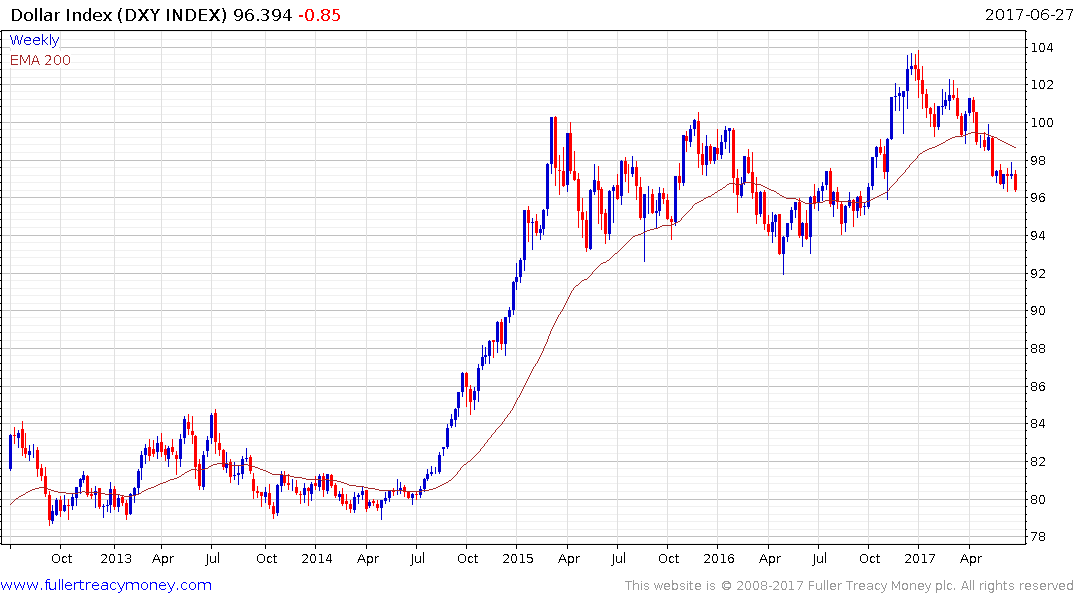Pound Jumps as Carney's Hawkish Tone Sends Gilts Tumbling
This article by John Ainger for Bloomberg may be of interest to subscribers. Here is a section:
The pound soared by the most in two months and U.K. bonds slumped as Bank of England Governor Mark Carney said the Monetary Policy Committee may need to begin removing stimulus.
Sterling climbed against all but one of its major peers as the comments marked a shift in emphasis for the governor, who signaled last week that now was not yet the time to start the tightening process. The yield on two-year gilts touched the highest in more than a year as money markets adjusted to the change in language.Sterling has borne the brunt of political and economic uncertainty since the Brexit vote, and has been further buffeted in recent weeks by a growing split among policy makers over the future path of rates. The bank’s Financial Policy Committee increased the countercyclical buffer Tuesday, marking the first unwinding of last year’s stimulus package put in place by the bank.
“The headlines appear to be in complete contrast to the Mansion House speech last week, when he said now is not the time for tightening,” said Jane Foley, head of foreign-exchange strategy at Rabobank in London. “There is the possibility that the Bank of England will, over the next few months, fire other shots across the bow really to reduce that downside potential for the pound.”
Central bank communication has a whipsaw feel to it over the last week. The Bank of England first said that it was not ready to remove stimulus and is now saying that an interest rate hike might be closer than we think. Meanwhile Mario Draghi fumbled his communication yesterday when he said the deflationary threat is gone which the market interpreted as a signal the ECB is discussing tapering and officials were back peddling today saying nothing has changed.
The bigger picture is the Fed has already quit its QE program and is contemplating how to shrink its balance sheet and whether that is even possible. Against that background the ECB and Bank of England are in an increasingly tight position because while they relied on swap lines with the Fed for liquidity previously now they have to provide their own which is reflected in the speed with which the ECB’s balance sheet has been expanding.
With the Fed now in a tightening cycle there is an increasingly realisation that the rest of the world may have to follow suit eventually and that the trajectory of ECB and BoE stimulus is ultimately finite.

The Euro broke out of its most recent short-term range yesterday and held the advance today. However it remains within a more than two-year range and is trading towards the upper side of that congestion area. A sustained move above $1.15 would be required to signal a return to medium-term demand dominance.

The Pound trended lower for 3 years before finding support near $1.2 in October. It broke successfully up out of that range in April and found support near $1.25 and the region of the trend mean last week. A sustained move below $1.25 would be required to question medium-term scope for additional upside.
When I first started at Bloomberg I was sitting next to a former Deutsche Bank bond trader who opined that island nations generally have higher interest rates because they are more isolated and the cost of imports have a greater influence on how inflation is measured. We see evidence of that in places like Australia and New Zealand but in the event that the UK sees reduced access to the EU’s common market I wonder if that will result in generally higher yields for UK over EU assets and resulting strength for the Pound.

The spread between Gilts and Bunds is currently around 70 basis points but there is scope for widening if the UK exits its stimulus program ahead of the ECB.

Meanwhile the Dollar Index failed to break its short-term progression of lower rally highs and moved to a new reaction low today; suggesting a test of the lower side of its medium-term range remains a likely scenario.


